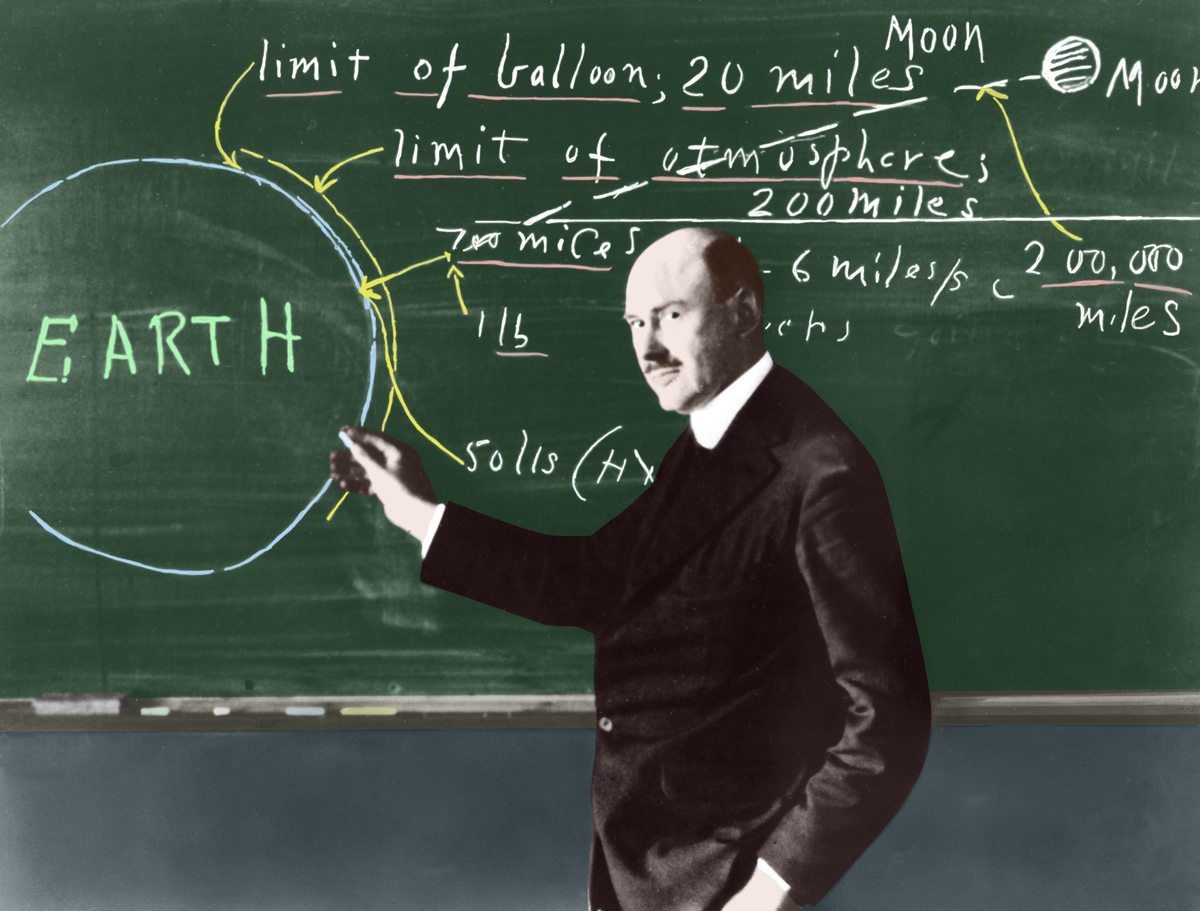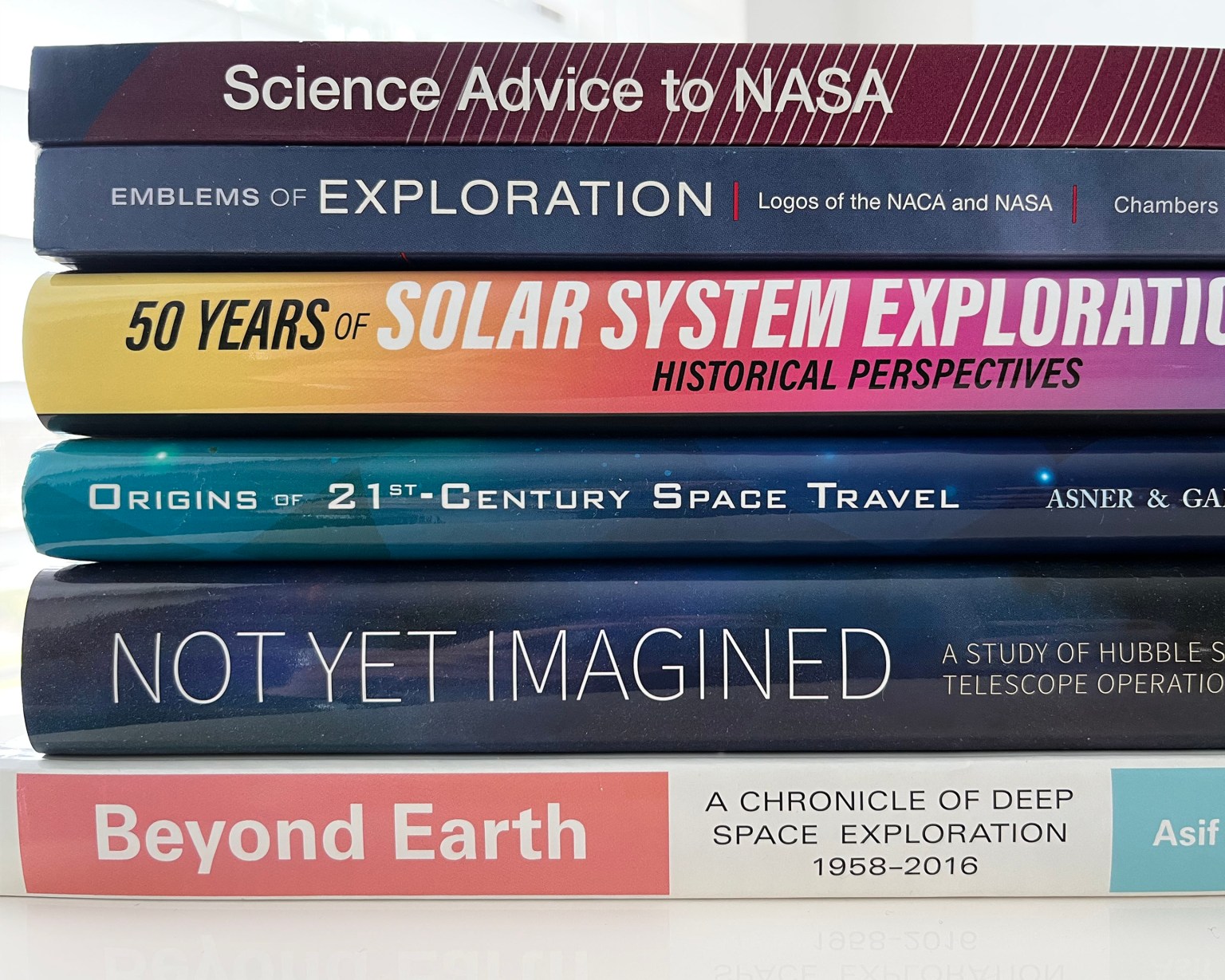“In its 75-year history, Wallops employees have adopted a can-do spirit in not only the execution of NASA’s mission but also in conducting outreach and providing inspiration to our local community,” said Wallops Director David L. Pierce.
“Much of this inspiration was driven by Wallops’ long-time leader, Robert L. Krieger, who guided Wallops through tremendous growth from 1948 through 1981. The dedication, ingenuity and perseverance of Krieger, along with our Wallops alumni and current employees have driven Wallops to be a world leader in space, enabling scientific discovery, powering tomorrow’s technologies, and training generations of explorers. All the while, we are so very proud to be a part of our Eastern Shore community,” said Pierce.
At Wallops NASA’s nearly 1,100 employees support scientists gathering a deeper understanding of Earth and the universe around us using sounding rockets, scientific balloons, spacecraft and aircraft. It also houses tracking facilities for a multitude of satellites, a research airport and NASA’s only owned rocket launch range for suborbital and orbital rockets.
In addition, Wallops hosts government and commercial organizations including the U.S. Navy, the National Oceanic and Atmospheric Administration, the U.S. Coast Guard, the Mid-Atlantic Regional Spaceport, Northrop Grumman and Rocket Lab. Nearly 700 personnel support the activities of these organizations.
In April 1945, NASA’s predecessor the National Advisory Committee for Aeronautics or NACA decided to set up a launch range on the small barrier island on Virginia’s Eastern Shore.
Through its early history the island was known as Keeckotank, Accocomoson or Occocomoson Island. In 1672, The island was granted to John Wallop through a patent from King Charles II of England in 1672. Ownership changed over the years and in 1889 the Wallops Island Association acquired the island and established a club house on the north end of the island.
For the test range, NACA leased land on the south end of Wallops Island from the Association and eventually purchased the entire island in 1949 for $93,238.71.
Joe Shortal in his book A New Dimension — Wallops Island Flight Test Range: The First Fifteen Years, wrote, Wallops “was established by the National Advisory Committee for Aeronautics (NACA) during World War II (in the spring of 1945) as an auxiliary base of the NACA Laboratory at Langley Field, Virginia, to provide a test range for guided missile flight research, initially at subsonic speeds, but with plans for extending the research into transonic and supersonic speed ranges.”
The island met the three basic requirements to establish the test range: 1) It was close to Langley; 2) it provided a 50-mile launch range unobstructed by people or shipping; and 3) it was close to an existing military base for logistics support (the Chincoteague Naval Auxiliary Air Station).
In just over two months the test range on Wallops Island was ready for its first launch, actually eight launches, on June 27. The small rockets were used to test radar systems prior to the first unguided missile test from the island on July 4.
The facilities were sparse for these first launches. The launch area consisted of a 50 x 50 foot concrete slab as the launching platform; and 8 x 10 foot observation station covered with sandbags; a rocket motor storage igloo and a final loading building.
The launch area now is known as launch area 2 on Wallops Island and is the location for three suborbital sounding rocket launchers and a block house.
The work area consisted of 5 wooden shacks: an operations office; assembly shed; general warehouse shed; radio, dispensary and dark room shed; and a power generator house with a 15kw generator. Also, the living area consisted of tents with wooden floors.
From these humble beginnings facilities have expanded to include government and commercial facilities with a value over $1 billion.
In 1958 NACA became NASA and with it Wallops expanded off the island to include the Naval Air Station in 1959. Approximately 7 miles north of Wallops Island, it is now commonly referred to as the Wallops Main Base.
With the physical changes over the years Wallops also took on new names. Beginning as the Auxiliary Flight Research Station, it became the Pilotless Aircraft Research Station, both under the direction of Langley. With establishment of NASA, Wallops became an independent center. First called Wallops Station and then Wallops Flight Center. Finally in 1981, it became part of NASA’s Goddard Space Flight Center and the name was changed to the Wallops Flight Facility.
In the book Wallops Station and the Creation of the American Space Program Harold Wallace Jr. wrote, “Thus, Wallops, despite its small stature and uncelebrated role, contributed significantly to the early U.S. space effort.”
Pierce said, “Wallace’s words can be considered true for the first 75 years of Wallops. Wallops employees are proud of our accomplishments, have accepted the challenges in the past and are ready to support those of the future as we continue to explore Earth and beyond, including returning to the Moon by 2024 under NASA’s Artemis program. We are excited to see what the next 75 years bring!”

































